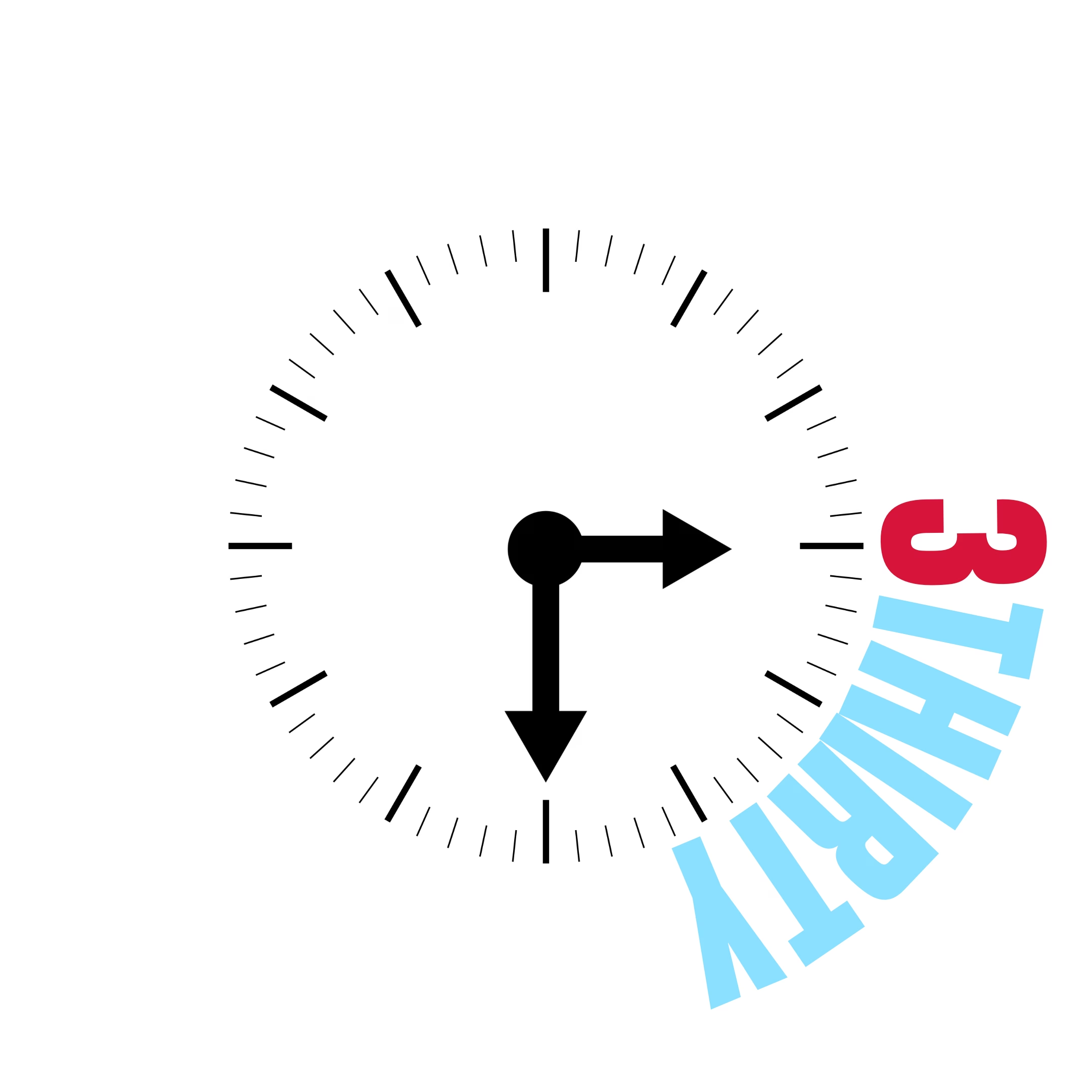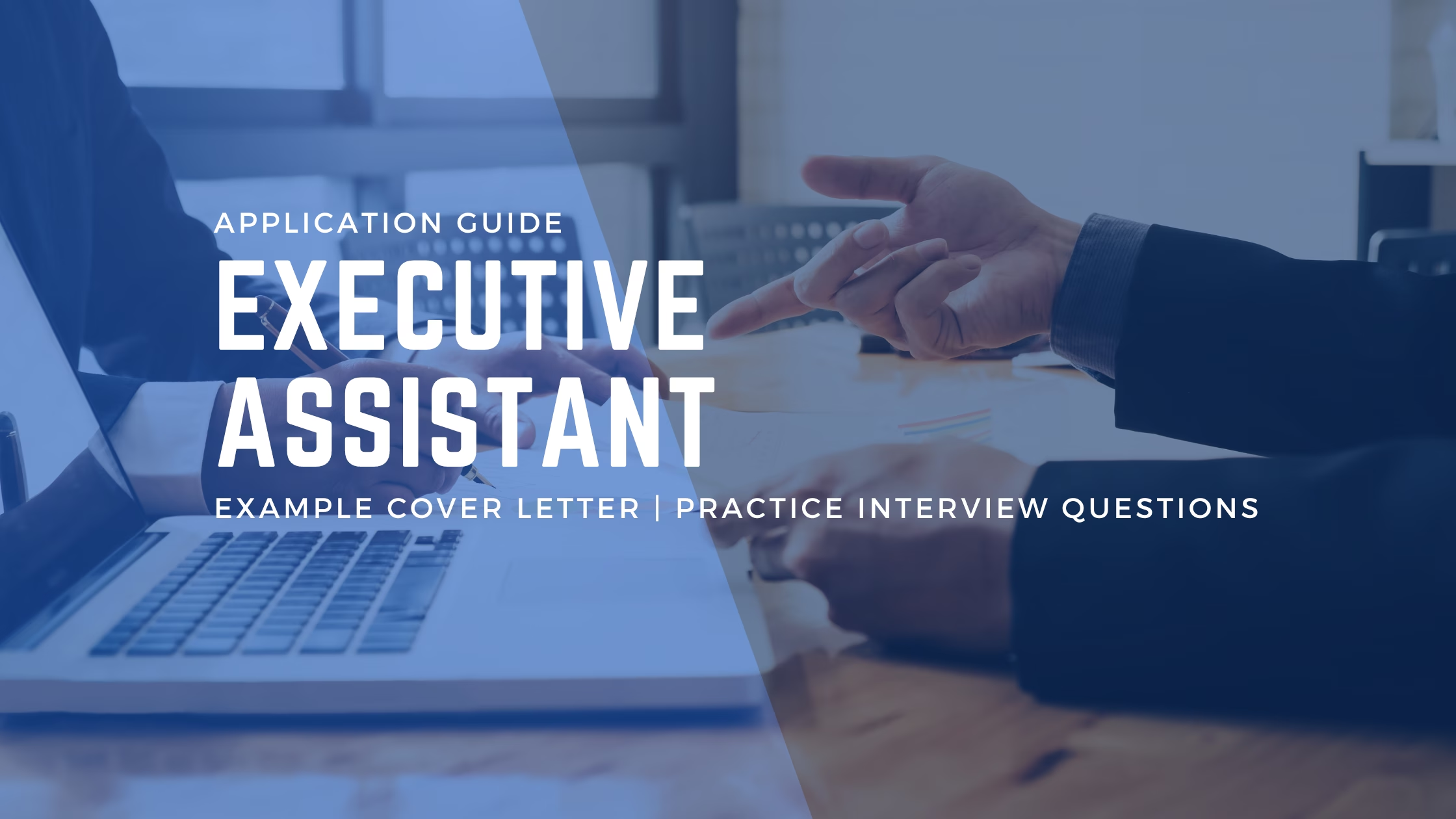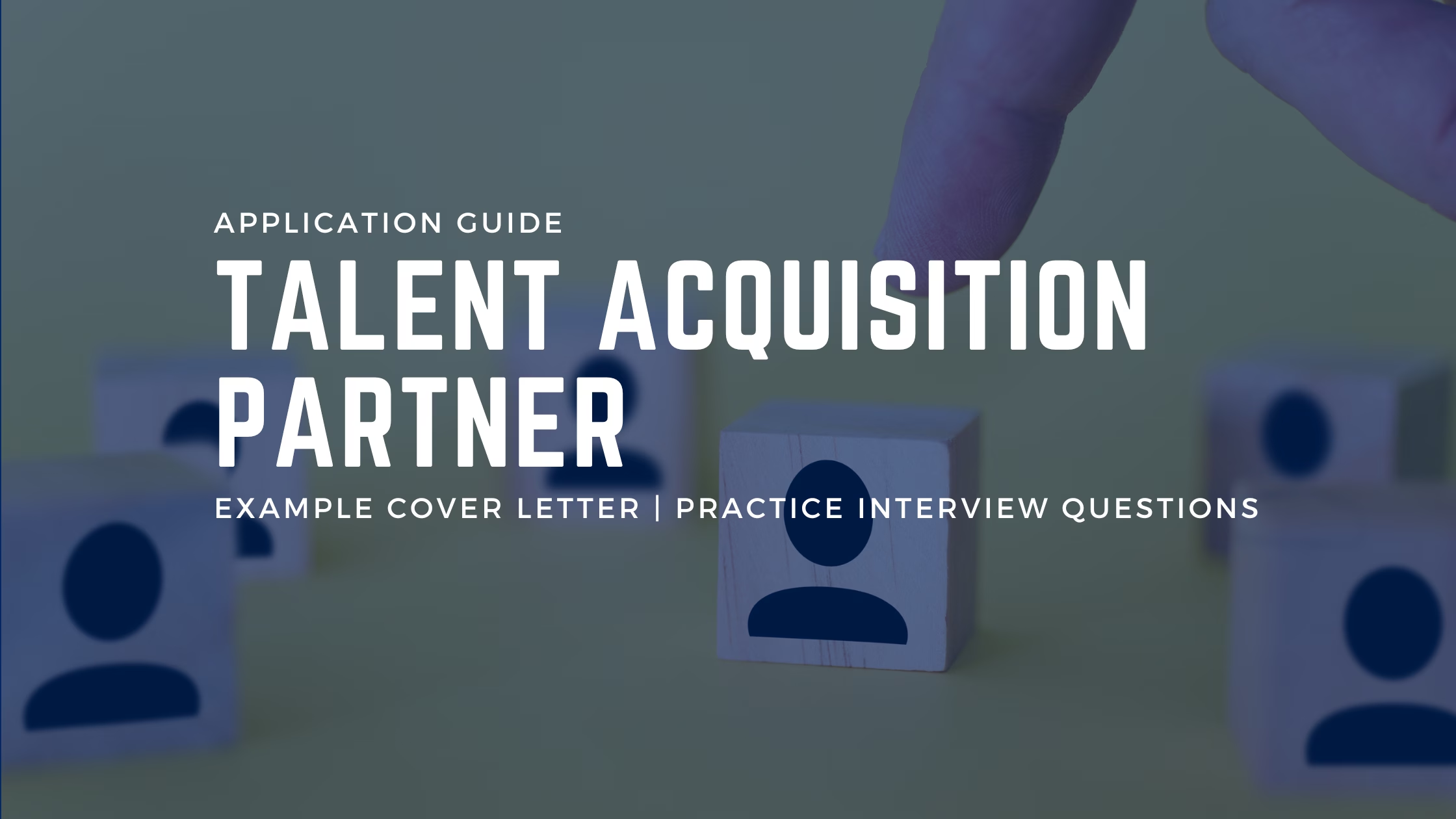An NSW Ambulance Executive Assistant is responsible for providing high-level, confidential executive support to an Executive Director within NSW Ambulance. The role involves everything from managing calendars to coordinating communications, ensuring operational efficiency, and handling sensitive information with the utmost discretion. Essentially, it’s about being the right hand to a pivotal leader within the Ambulance Service NSW—a vital part of NSW Health.
Working in an environment where emergencies are a daily occurrence is simultaneously fast-paced and deeply rewarding. In this role, you’ll be at the frontline of administrative management and confidential executive support, partnering with a team dedicated to delivering critical care to the people of NSW. If you want to stand out in a Government Job and become a key support figure in the dynamic world of NSW Ambulance, keep reading—this blog post and example cover letter will guide you through the essentials.
If you’re new to public sector recruitment, check out this unofficial guide to NSW Public Sector recruitment for more insider tips and context. Understanding how Public Sector Recruitment differs from private sector processes can give you an edge—especially when applying for a critical role like the NSW Ambulance Executive Assistant.
Table of Contents
NSW Ambulance Executive Assistant Salary and Overview
| Position Title | Executive Assistant to Executive Director |
|---|---|
| Organisation/Entity | Ambulance Service NSW (NSW Ambulance) |
| Job Location | Sydney Olympic Park, Sydney – West |
| Work Type | Temporary Full Time (38 hours per week) |
| Base Pay | $100,012.23 – $102,920.66 + 11.5% super |
| Closing Date | 31/03/2025 |
What Is This Executive Assistant Role All About?
This NSW Ambulance Executive Assistant role is integral in supporting one of two Executive Directors—either Aeromedical Operations or People & Culture. Each position is available on a temporary basis, with potential extensions, meaning there’s an opportunity for ongoing career development and growth opportunities. This position also feeds into a Talent Pool for future Executive Assistant roles that may arise in the next 18 months.
NSW Ambulance is part of the larger NSW Health network, operating with a mission of Excellence in Care. Joining the Ambulance Service NSW means aligning with CORE Values: Collaboration, Openness, Respect, and Empowerment. As an Executive Assistant to an Executive Director, you’ll manage diaries, coordinate executive-level communications, prepare documentation, and support strategic initiatives. This Government Job is particularly unique because the environment demands precision, confidentiality, and adaptability.
Successful candidates need to highlight their administrative expertise and how they apply composure and problem-solving skills to thrive in a fast-paced setting. You’ll be working closely with senior leadership, making it essential to have strong communication skills and the ability to handle sensitive information with care.
Challenges for the NSW Ambulance Executive Assistant
Fulfilling the demands of a NSW Ambulance Executive Assistant role involves juggling multiple tasks simultaneously, often with tight deadlines. You’ll need to filter and prioritise information, plan executive commitments, and respond to emerging issues swiftly. Beyond administrative tasks, you might be entrusted with project coordination or stakeholder engagement.
The biggest challenge often lies in maintaining high-level confidential executive support—keeping sensitive details discreet while ensuring swift, accurate communication. Whether you’re coordinating diaries for vital NSW Health leadership or providing critical logistical help during crises, your ability to remain calm, organised, and resourceful will be key.
Why NSW Ambulance Executive Assistant Is a Great Opportunity
Working as an NSW Ambulance Executive Assistant offers a range of compelling benefits:
- Talent Pool Access: By joining, you’ll also be considered for similar future roles within 18 months.
- Competitive Salary and Benefits: Earn above $100,000 plus super, with access to additional perks like salary packaging, an extra public holiday, and potential for career development.
- Staff Support Program: Access to confidential professional assistance for both you and your family.
- Public Sector Experience: Build a rich professional network and deepen your knowledge of public sector processes.
- Work-Life Balance Tools: Opportunities to benefit from novated leasing, health coaching, and fitness passport membership.
The scope of responsibilities ensures you’ll never be bored, and you’ll be deeply involved in an environment that directly impacts community well-being.
Application Requirements for the NSW Ambulance Executive Assistant
Application Process
To apply, you’ll need:
- A detailed Cover Letter and Resume/CV
- Responses to the two (2) Target Questions as outlined in the job ad:
- Question 1: Provide an example in which you had a challenge adapting to a new duty, responsibility, person, or process. How did you adapt?
- Question 2: Describe a recent work situation that required you to perform several tasks, or work on several projects at the same time. What did you do?
In the NSW Public Sector, “How to Apply” guides typically emphasize transparency and a thorough demonstration of your abilities. For best results, treat your application as a reflection of your potential. Showcase your Focus Capabilities in detail; many recruitment teams use these as a baseline to assess your suitability. If you’re unsure how to structure your written responses, consider using the STAR Method, which we explain later.
Remember: The most valuable step you can take to improve your chances is ensuring your application is polished. We highly recommend you get your cover letter reviewed at https://team3thirty.com/public-sector-cover-letter-review/. For only $29, you’ll get targeted feedback to make your application shine in this Public Sector Recruitment context.
Essential Role Requirements
The ideal candidate must be able to:
- Efficiently support senior executives by handling day-to-day scheduling, meeting arrangements, and communication management.
- Adapt to a changing environment while maintaining confidential executive support standards.
- Demonstrate meticulous attention to detail in a high-stakes administrative context.
- Uphold the NSW Ambulance values of Collaboration, Openness, Respect, and Empowerment.
Desirable Experience
Although not mandatory, experience within NSW Health or Ambulance Service NSW can be advantageous. Familiarity with public sector administrative systems and prior exposure to executive-level tasks will help your application stand out. In addition, any background handling large-scale or sensitive projects will illustrate your readiness for the complexity of this role.
What to Include in Your Government Cover Letter
When crafting your cover letter for this Government Job:
- Address the stated Essential Role Requirements.
- Include specific answers to the Target Questions
- Demonstrate your ability to meet the Focus Capabilities by using clear examples of your administrative expertise.
Rely on the NSW Capability Framework to shape your examples and tie back to your personal achievements and experiences using the STAR Method.
Understanding and Addressing Focus Capabilities
The NSW Capability Framework helps define the behaviours and skills expected in public sector roles. As an NSW Ambulance Executive Assistant, you should pay particular attention to capabilities:
- Display Courage And Resilience
- Communicate Effectively
- Commit to Customer Service
- Plan and Prioritise
- Demonstrate Accountability
These are the focus capabilities for this role, and all of them are at the intermediate level. Each capability comes with behavioural indicators, which can guide you when selecting relevant examples for your cover letter and resume.
Plus these intermediate level focus capabilities will be what you are asked about during interview. Click here to get prepared for your government job interview at the intermediate level.
NSW Ambulance Executive Assistant Application Checklist
| Checklist Item | Completed? |
|---|---|
| Review NSW Ambulance and NSW Health information to align your application with their values. | |
| Draft your cover letter using a free template | |
| Address the two Target Questions using STAR Method examples. | |
| Check the role description for Focus Capabilities (and apply the NSW Capability Framework). | |
| Get your cover letter reviewed by an expert (only $29) | |
| Prepare interview responses focusing on achievements that match the role’s key demands. |
Candidate Profile
Meet Sarah, a mid-career professional with five years of experience as an Executive Assistant in a corporate setting.
Having worked closely with C-level executives, she’s developed strong scheduling, document control, and stakeholder engagement skills. Eager for career development and growth opportunities in the public sector, Sarah sees an opening at Ambulance Service NSW as the perfect chance to leverage her experience while contributing to a critical community service.
Sarah’s interest in the NSW Ambulance Executive Assistant role is driven by her passion for healthcare support and the structured environment of the Public Sector. She loves that this government job aligns with her values and offers a secure platform to broaden her skills. With a proven track record in fast-paced administration, she’s ready to adapt to the unique challenges—and sees the Talent Pool aspect as an added bonus for long-term prospects.
NSW Ambulance Executive Assistant Example Cover Letter
Dear Hiring Manager,
I am writing to apply for the NSW Ambulance Executive Assistant position, a role that aligns perfectly with my five years of experience supporting C-level executives in a corporate setting. My career thus far has focused on providing day-to-day scheduling, meeting arrangements, and streamlined communication management for senior leadership teams, and I am eager to bring these skills into the public sector at Ambulance Service NSW.
In my previous roles, I have consistently demonstrated my ability to adapt to rapidly changing environments while maintaining strict standards of confidentiality. This balance is crucial for an Executive Assistant who must handle sensitive information discreetly and make quick decisions in high-stakes administrative contexts. I pride myself on my meticulous attention to detail—whether it involves creating precise agendas for back-to-back meetings, arranging complex travel plans, or drafting pivotal correspondence under tight deadlines.
One of the main reasons I am drawn to NSW Ambulance is the organisation’s commitment to the values of Collaboration, Openness, Respect, and Empowerment. These principles resonate deeply with me, as I have always sought to foster a culture of respect and positive teamwork throughout my professional journey. My ability to build strong working relationships with key stakeholders, both internal and external, will be invaluable in ensuring the Executive Director’s office runs efficiently and cohesively.
Below, I have provided my responses to the two target questions using the STAR (Situation, Task, Action, Result) format. I appreciate the opportunity to demonstrate how I have handled challenges and simultaneous projects in my career so far.
Question 1: Provide an example in which you had a challenge adapting to a new duty, responsibility, person, or process. How did you adapt?
During my time as an Executive Assistant in a corporate setting, our department decided to transition from a predominantly paper-based workflow to a new digital document management system. This shift required everyone on the team to abandon long-standing habits and learn a fresh set of procedures, which initially caused uncertainty and resistance. I recognised early on that this would be a significant adjustment, not just for me, but for all of my colleagues who had grown accustomed to the paper-based approach.
In order to adapt effectively, I began by immersing myself in the details of the new system. I studied its features, tested them with various file types, and took note of any potential issues or security concerns. After gaining a thorough understanding, I offered to lead short training sessions for my co-workers—most of whom welcomed extra guidance. I prepared helpful tip sheets, created a basic how-to guide, and held one-on-one follow-ups with anyone who struggled to adapt.
By doing this, I learned how to navigate the platform and reassured others that they had support. Over time, what had once seemed like a daunting shift became part of our daily routine. Our department saw a notable improvement in efficiency, as retrieving and sharing documents became faster and less error-prone. Overall, I adapted by proactively learning the system, supporting my team through the transition, and embracing the changes as an opportunity to modernise our administrative processes.
Question 2: Describe a recent work situation that required you to perform several tasks, or work on several projects at the same time. What did you do?
In my previous role, I simultaneously supported two C-level executives during a critical period when both had significant projects overlapping. One executive was preparing for a board presentation requiring detailed financial analyses, while the other executive was organising a large-scale employee town hall and needed comprehensive scheduling, vendor coordination, and venue logistics. This meant my workload suddenly doubled, and there was no room for error in either project, as each had firm deadlines and high visibility within the company.
To handle these competing demands, I began by mapping out each project’s milestones, deliverables, and deadlines, placing them on a shared calendar that both executives could review. This visual layout of tasks helped me identify potential conflicts, such as overlapping presentation rehearsals or conflicting vendor meetings, so I could address them early on.
I also communicated frequently with both executives, providing daily status updates and clarifying any changes in priorities. Where possible, I delegated smaller tasks—like booking meeting rooms or handling travel itineraries—to a junior administrative assistant, allowing me to focus on the more complex and time-sensitive work.
Through consistent communication, a well-organised scheduling approach, and selective task delegation, I managed to meet all deadlines without compromising quality. Ultimately, both the board presentation and the town hall event were successful, with positive feedback from stakeholders. This experience reinforced my ability to remain calm under pressure, prioritise tasks effectively, and juggle multiple high-level projects simultaneously.
I look forward to the possibility of contributing to NSW Ambulance’s mission and would welcome the chance to discuss my suitability in an interview.
Please feel free to contact me at your convenience.
Sincerely,
Sarah
How To Use STAR Technique
The STAR Method—Situation, Task, Action, and Result—is a proven approach to structuring responses in both written applications and interviews. It helps you present a clear, concise narrative of how you tackled a professional challenge and what you accomplished.
For the NSW Ambulance Executive Assistant role, using STAR ensures your examples are specific and results-focused. Here’s how it works:
- Situation: Set the context of the scenario, explaining the background and stakes.
- Task: Describe your specific responsibility or objective.
- Action: Detail the steps you took and why you chose that strategy.
- Result: Highlight the outcomes, ideally with quantifiable metrics or qualitative improvements.
Referencing these points in your cover letter or responses to Target Questions can give hiring panels a clear understanding that you have the right skills for the job.
How to Prepare for a Public Sector Interview
Securing an interview for this NSW Ambulance Executive Assistant role means demonstrating your capabilities face-to-face. Here are some essential steps:
- Review the Focus Capabilities: Identify the behavioural indicators in the role description so you know what the panel will focus on.
- Brainstorm Examples: Gather real-life scenarios from your professional background that showcase relevant competencies (e.g., meeting tight deadlines, handling confidential tasks).
- Match to Indicators: For each capability or requirement, match one or two examples that align with the desired outcome (e.g., “keeping senior executives informed on critical changes”).
- Use the STAR Method: Structure your answers with Situation, Task, Action, and Result. This keeps your responses direct and impactful.
- Practise & Use Notes: If permissible, bring brief notes to the interview. If not, rehearse thoroughly so you can speak with confidence and clarity.
Three Possible Interview Questions for a NSW Ambulance Executive Assistant might be:
- “How do you manage competing priorities when multiple priorities need your attention simultaneously?”
- “Describe a time you had to maintain confidentiality in a highly sensitive situation. What steps did you take?”
- “How do you handle workload pressures during peak periods or unexpected crises?”
For more in-depth guidance, download the public sector interview questions and answers workbook. For this job, you will need to download the intermediate level workbook for relevant questions and answers. It’s a valuable resource to help you prepare thoroughly and stand out from the competition.
Get Your Application Ready
If you’re ready to apply for the NSW Ambulance Executive Assistant role, click here to apply via the official iworkfornsw website.
Make sure your cover letter and resume are aligned with the essential requirements and the focus capabilities.
Need extra help with your cover letter? Remember to get your cover letter reviewed for only $29. It’s the easiest and best way to significantly boost your chances of success.





